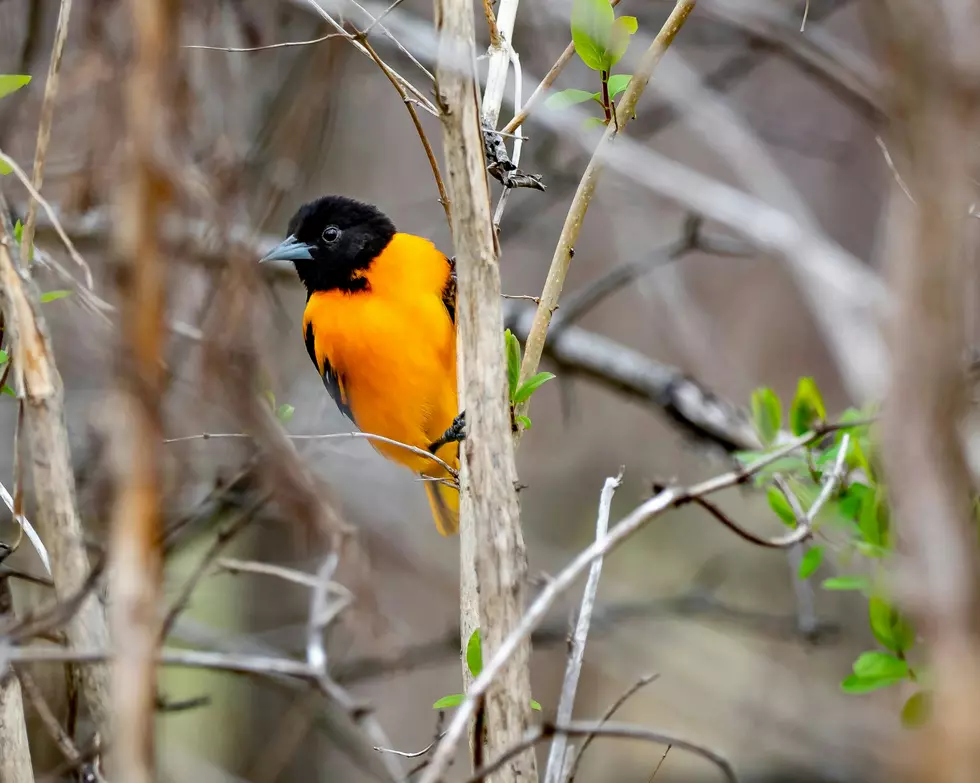
Experts Warn Minnesota + Wisconsin Bird Lovers Against Feeding Orioles Grape Jelly
As we get into the warmer weather months, we're seeing more migratory birds reappearing in the Northland. A popular bird many bird lovers in Minnesota and Wisconsin get excited about is the oriole.
These beautiful, brightly-colored birds often inspire homeowners to put out some food to attract them to birdfeeders in their yards. A common food choice for many looking to attract orioles tends to be grape jelly or similar fruit jelly.
While this can be an effective food the birds love, a group of bird experts warn that this has some significant negative consequences and suggest alternatives.
Why do bird lovers put out grape jelly for orioles and other birds?
The idea behind this practice is to give birds like orioles a convenient high-energy food source at a birdfeeder that's in line with what they might otherwise be interested in eating.
Among the things orioles (and a number of other types of birds) eat include nectar, fruit, and insects. This is why many will put out halves of oranges or fruit jelly to attempt to attract orioles.
What are the problems with this practice?
The Raptor Education Group Inc. (REGI), a Wisconsin nonprofit dedicated to the care and rehabilitation of wild birds and public education about these creatures issued a statement last summer about the issues with feeding birds jelly. While you are providing a food source to birds, it can have some significant negative consequences bird lovers need to know about.

One of the biggest problems is that fruit jellys can end up on the feathers of the birds they attract, leading to some serious problems. Last year, REGI treated three ruby-throated hummingbirds that became covered in jelly.
Being coated in the sticky substance can cause lots of problems for these birds. One of the hummingbirds that was brought to them died, while the others needed considerable care to remove the jelly and get them ready to be released back into nature.
Similar issues have also been documented with other types of birds that enjoy this sweet food source like one story about a red-breasted nuthatch that became coated in jelly.
Besides the potential of birds getting coated in a sticky substance, fruit jelly can, in many cases, be a significantly less healthy option for these birds when compared to actual fruit. The extra sugar and other ingredients in the jelly are far worse for the birds than the fruit they're used to eating in the wild.
Finally, timing is also important. More on that in a second.
What should bird lovers do to feed orioles and other fruit-loving birds?
The team at REGI suggests "bird-safer" jelly options available from some retailers if you are intent on feeding jelly. Fruit is also a good option that is healthier and more in line with what these birds would encounter in the wild.
Finally, they say it is very important to keep an eye on your timing. Orioles arrive earlier than hummingbirds, and feeding them with some of these options is okay, as long as you make a point to stop when hummingbirds arrive for the season to avoid issues like those described above.
Plant Some Of These In Your Garden to Keep Mosquitoes Away
Gallery Credit: Michelle Heart
